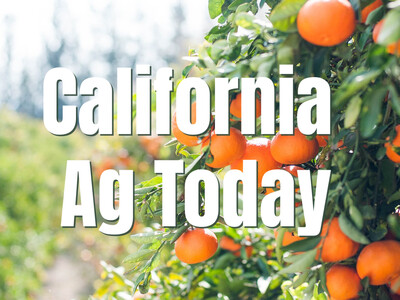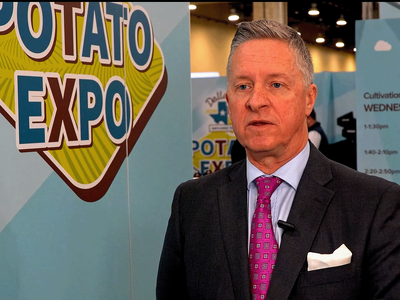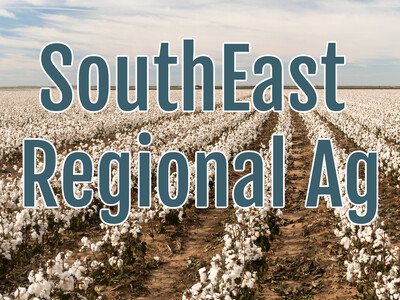Navy Buys Bio & Job Growth
Navy Buys Bio & Job Growth plus Food Forethought. I’m Greg Martin with today’s Northwest Report.
U.S. Navy Secretary Ray Mabus and U.S. Department of Agriculture Secretary Tom Vilsack announced that the Defense Logistics Agency signed a contract to purchase 450,000 gallons of advanced drop-in biofuel, the single largest purchase of biofuel in government history. While the Navy fleet alone uses more than 1.26 billion gallons of fuel each year, this biofuel purchase is significant because it accelerates the development and demonstration of a homegrown fuel source that can reduce America’s, and our military’s, dependence on foreign oil.
And speaking of Ag Secretary Tom Vilsack. On Friday the latest job numbers were revealed and Vilsack had some good things to say.
VILSACK: It’s great news that we’ve had private sector job growth for 21 months. No one is satisfied with the pace of this. We have to continue to promote job growth in this country which is why the President’s been out talking about the American’s Jobs act and the need for Congress to work with the President to get the payroll tax extended. It’s very important to continue this momentum.
Now with today’s Food Forethought, here’s Lacy Gray.
There’s nothing like a little healthy competition. In numerous wine competitions around the globe American wines have done well and proven themselves capable of holding their own against their European competitors. While most American vineyards could be considered just “toddlers” in comparison to the “oldsters” of other wine regions in the world, US wineries have taken the advantage of youthful exuberance and determination and put it to work making wines that have taken some of the highest awards at international exhibits. Wine producers here in the US can be found in all fifty states. California is home to some of the oldest and most famous vineyards, but other states are quickly catching up with the golden state. Washington and Oregon have turned into major wine producing regions since both states offer up some of the most ideal grape growing climates. A 1933 article stated that “within a short time hundreds of wineries will be functioning in America, offering up good sound wines not produced elsewhere; with the American wine drinker finding types that will delight his taste and warm his heart.” That was well predicted indeed.
Thanks Lacy. That’s today’s Northwest Report. I’m Greg Martin on the Ag Information Network.














